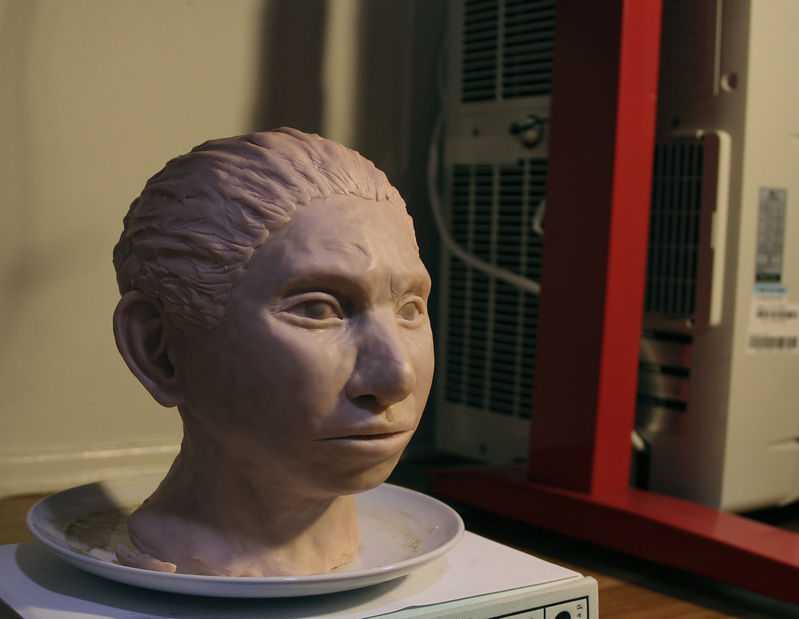Scientists create Neanderthal cousin from DNA
22 September, 2019

Scientists say they’ve deciphered features of the skull and some other details of a mysterious, extinct cousin of Neanderthals by analyzing its DNA.
The genetic material came from the finger bone of a female member of the Denisovans, a population known mostly from small bone fragments and teeth recovered in Siberia’s Denisova Cave.
Denisovans may have occupied that cave from more than 200,000 years ago to around 50,000 years ago. Recently, a Denisovan jaw fragment at least 16,000 years old was reported from in China. But that still gave scientists very little sign of what Denisovans looked like.
Modern-day people did not evolve from Denisovans or Neanderthals, although our species interbred with both and picked up genetic markers that are still detectable in some populations.
The new work used DNA data from two Neanderthals, five ancient and 55 present-day members of our own species, and five chimps, in addition to the Denisovan finger bone. Results were reported Thursday in the journal Cell by Liran Carmel of the Hebrew University of Jerusalem and others.
They looked for differences in activity levels for specific genes that could affect anatomical traits, which in turn hinted at differences in appearance for those traits. They identified 32 traits that gave clues to the Denisovan skeleton.
As expected, most were shared with Neanderthals, including robust jaws, a low forehead, a large ribcage and a wide pelvis.
The analysis also indicated Denisovans had a wider face than Neanderthals and our own species, and a more protruding face than our own species but less so than Neanderthals, for example. The calculations could not tell how big such differences were.
Such DNA analysis can teach scientists about how our forerunners evolved and how their development differed, Carmel said in an email.
Source:
